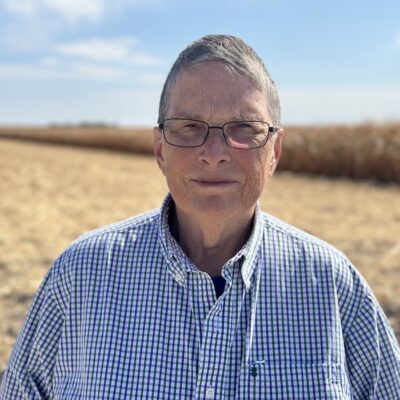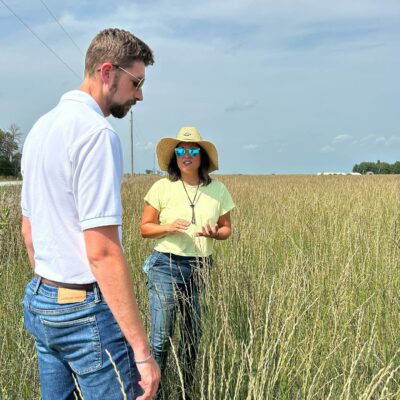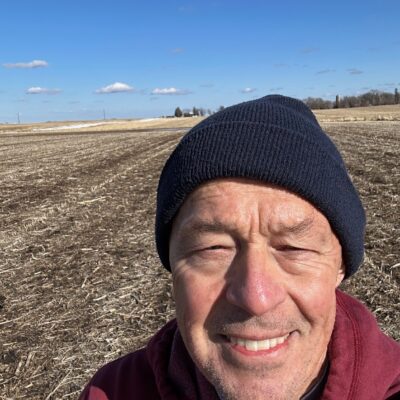Throughout 2023 and as Farm Bill drafting and negotiations continue in 2024, Climate Land Leaders have been voicing their support for a Farm Bill that prioritizes climate, meets farmer demand for conservation, and grows resilient farms and rural economies. As one said, federal conservation programs are “for right now and for future generations.” Climate Land Leaders’ on-the-ground experiences illustrate the many benefits of conservation, from ecological to economic, from farm to local community. Their stories and calls to action are inspiring, and we’ve compiled some of them here.
Help plant, animal, and human communities thrive through our land stewardship.
Please support the Climate Land Leaders Initiative today!







